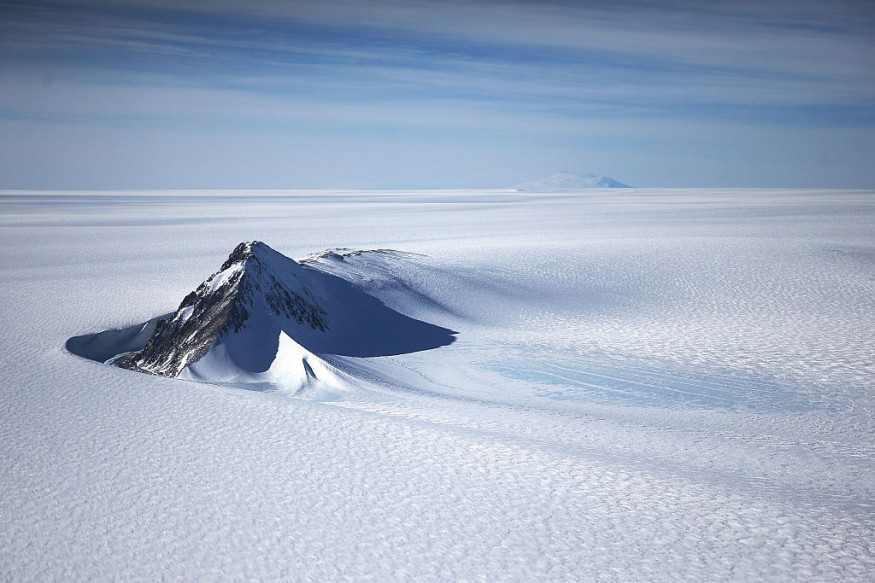A British research mentioned that the largest ice sheet on earth might result in "several meters" of sea-level rise over millennia if the global temperature increases by more than 2 degrees Celsius.
According to Durham University researchers, the melting East Antarctic Ice Sheet (EAIS) may result in a rise in sea level of up to 50 centimeters by 2100 if global greenhouse gas emissions continue to be high.
Researchers published their study in the scholarly publication Nature.
Fate of Antarctic Ice Sheet In Our Hands
According to Durham University researchers, the melting East Antarctic Ice Sheet (EAIS) may result in a rise in sea level of up to 50 centimeters by 2100 if global greenhouse gas emissions continue to be high.
Researchers said that if emissions continue to be high, the EAIS may raise sea levels by one to three meters by 2300 and by two to five meters by 2500.
However, the evaluation found that if emissions were significantly decreased, EAIS might only be responsible for around 2 cm of sea level rise by 2100.
It would be far less than the predicted ice loss from West Antarctica and Greenland.
Lead author Chris Stokes from Durham University's Department of Geography said in a statement: "A key conclusion from our analysis is that the fate of the East Antarctic Ice Sheet remains very much in our hands."
Stokes added that the Paris Climate Agreement's 2°C limits on global temperature increases should ensure that everyone stays safe from the worst-case scenarios.
It may even be possible to stop melting the East Antarctic Ice Sheet, which would lessen the global impact of rising sea levels.

ALSO READ : Massive Greenland Ice Sheet Loss in Just 3 Days; Experts Warn About More Water Melting Each Year
What the Computer Simulation Found
Science Alert, citing the study, mentioned that the worst-case situations were "very unlikely."
At the 2015 UN Climate Change Conference in Paris, world leaders decided to keep global warming well below 2 °C and continue efforts to keep the rise to 1.5 °C.
In order to make its projections, the study team, which comprised experts from the US, the UK, Australia, and France, examined how the ice sheet behaved in earlier warm times.
They did computer simulations to simulate the consequences of various greenhouse gas emission levels and temperatures on the ice sheet by the years 2100, 2300, and 2500.
They discovered evidence that suggests that a portion of the EAIS "collapsed and contributed several meters to sea-level rise" 3 million years ago, when temperatures were around 2-4 °C hotter than they are now.
There is evidence that a portion of the EAIS retreated 700 km inland in response to merely 1-2 °C of global warming as recently as 400,000 years ago, which is not so long ago on geological timeframes.
The Australian National University's Nerilie Abram, a co-author of the study, cautioned that the sheet isn't as stable and protected as we once thought.
RELATED ARTICLE : Antarctic Peninsula Ice Sheet Has Grown Over the Past 20 Years Despite Rapid Glacial Melt
Check out more news and information on Climate Change in Science Times.












